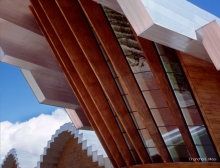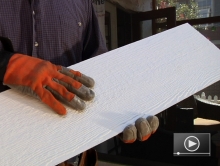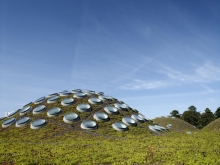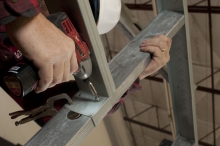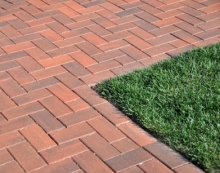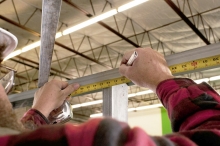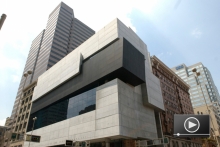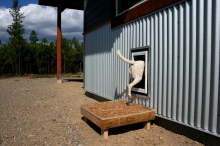Designing a NYC Icon: One Bryant Park / Bank of America Tower
The first skyscraper in the United States to achieve LEED Platinum also utilized the principles of biophilia in its design, helping to bring the feeling of nature into the heart of New York City.
When One Bryant Park � also known as the Bank of America Tower � was completed in 2009, it became the second tallest structure in New York City (after the Empire State Building). It was also the first skyscraper in the United States to achieve LEED Platinum certification. The list of its energy-efficient and environmentally friendly features is impressive and has been much discussed.

